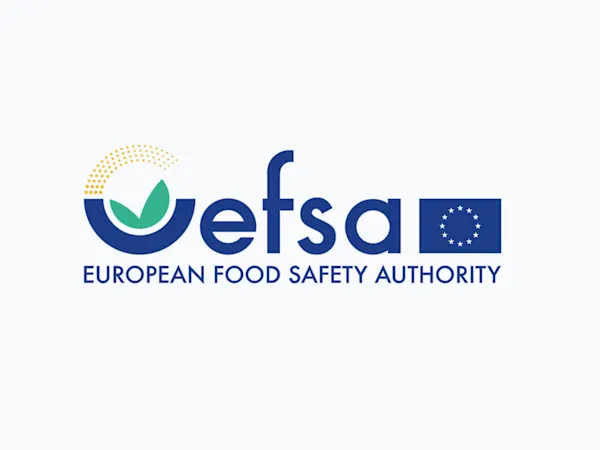
Illinois to Ban Nonbiodegradable Plastic Glitter in Personal Care Products by 2029
Illinois will prohibit nonbiodegradable plastic glitter in personal care products by 2029, impacting manufacturers, retailers, and regulators alike.


The U.S. Environmental Protection Agency (EPA) has issued its 2024 update on the interim guidance for the destruction and disposal of Perfluoroalkyl and Polyfluoroalkyl Substances (PFAS), expanding on the initial guidelines set in 2020. This document is a crucial step in addressing the environmental and health concerns associated with PFAS—a group of man-made chemicals known for their persistence in the environment and potential risks to human health.
The 2024 EPA interim guidance on PFAS destruction and disposal marks a critical step towards managing the environmental and health impacts of PFAS. By focusing on large-capacity disposal technologies and seeking active engagement from various stakeholders, the EPA aims to develop a more comprehensive and effective strategy for mitigating PFAS risks. The document underscores the importance of adapting to new scientific insights and maintaining an open dialogue with communities and industry professionals to safeguard public health and the environment.
Foresight continuously tracks 1000s of sources and maps updates to your portfolio:




Illinois will prohibit nonbiodegradable plastic glitter in personal care products by 2029, impacting manufacturers, retailers, and regulators alike.

ChemSec updates the SIN List with neurotoxicants, spotlighting brain-damaging chemicals and urging EU regulators to act swiftly on these hidden threats.

EFSA launches consultation on updating its Weight of Evidence and Biological Relevance guidance, aiming to streamline chemical risk assessment practices.
Subscribe to Foresight Weekly and get the latest insights on regulatory changes affecting chemical compliance.
Free forever. Unsubscribe anytime.
Read by professionals at